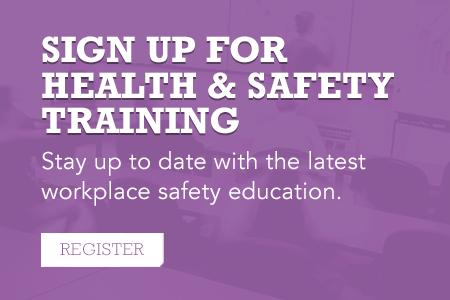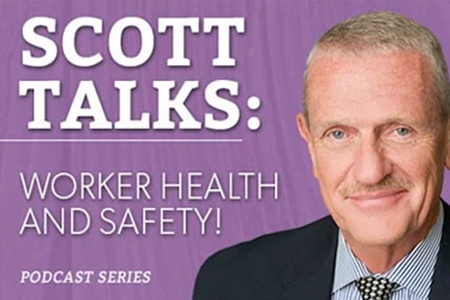Where Can You Find Lead?
Workers are exposed to lead in a very wide variety of occupations such as printed circuit board and battery manufacturing, welding and/or cutting and foundry operations involving brass and bronze, working with leaded glass, restoration of old buildings and heavily painted building components such as doors and windows, painters who do repair work and remove old paint, workers and patrons at firing ranges, plumbers working on very old piping systems and there are more.
Lead may also be found in drinking water supplied through very old lead pipes or from old refrigerated drinking fountains that used lead/tin solder in the fabrication of some of the internal components of the fountain. We are seeing more and more activity in the area of lead in drinking water and to that point New Hampshire has “new” regulations for lead in drinking water in schools. The testing is to determine if any sources of drinking water test positive for lead in the water above the standard and if so, remediation is required.
Lead Poisoning is a serious health condition caused by elevated levels of lead in the blood. The toxic effects of lead can be particularly harmful to pregnant women and children, as lead can slow mental and physical growth and cause nervous system disorders, lowered IQs, impaired memory, and shortened attention spans.
Therefore, it’s crucial to test for lead to identify the presence of this hazardous metal in the work environment based on jobs that may employ lead and also look at lead in the environment we live in, particularly lead in drinking water, and take necessary actions to monitor for lead exposures so that you are able to successfully manage and mitigate the risks associated with lead poisoning.
As above, the best place to start if you think you may have a lead exposure problem is to perform a level of testing/exposure monitoring to determine if you even have a lead problem in the first place, and if you determine that you do, what do you then need to do about it.
What are the Regulations for Lead?
The most obvious lead regulation for employers is the OSHA Lead standard which dictates the need for baseline exposure assessments if you have employees that regularly work with lead or materials that contain some amount of lead that could result in employee exposure. The purpose of that evaluation is to determine a starting point for compliance with the respective parts of the OSHA standard, depending upon what levels of exposure are measured. Even if the levels that are documented are within acceptable levels for the OSHA standard, it is always a “good practice” to perform exposure monitoring on an infrequent yet ongoing basis, to assure that what you measured in your baseline, is still the case.
Most of the regulations for lead in drinking water are either State or local jurisdiction-based and still need to be complied with and are almost, if not all, based on testing of the water to see where you are regarding the standard and then proceed from there depending upon what that regulation suggests you should do.
As with almost all health and safety regulations, failure to comply with the appropriate regulations can result in penalties and issuance of “citations” for non-compliance issues that then must be remediated. Having been doing this since 1978, we can tell you that you are always better off to have tested and complied with regulations on your own before OSHA or other regulators determine that you are not in compliance and then you are “under the gun” to do so.
How to Address Lead
To learn more about our Health & Safety Consulting and how we handle Lead and Heavy Metals, fill out this form:


